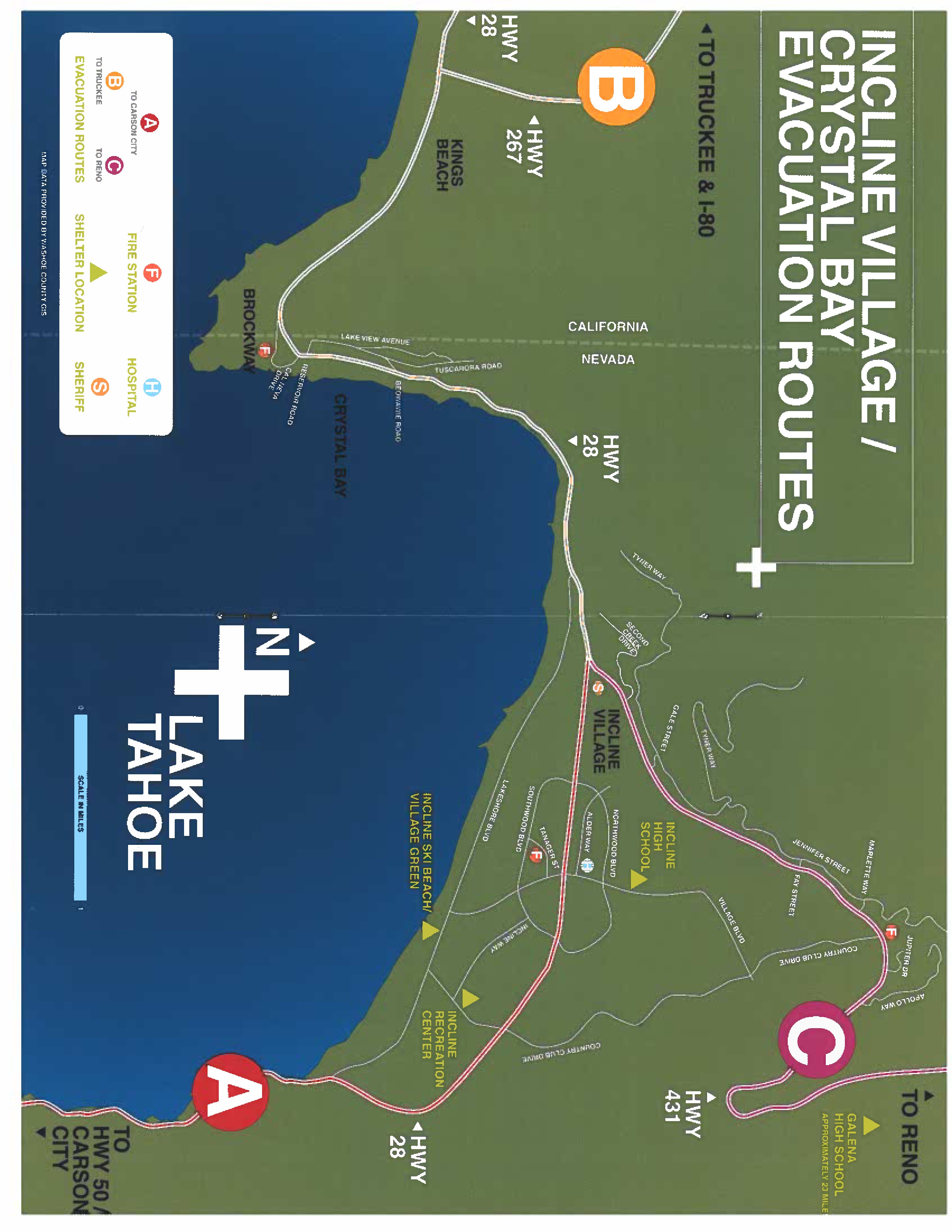SEPTEMBER IS NATIONAL PREPAREDNESS MONTH: DISASTERS DON’T WAIT. MAKE YOUR PLAN TODAY.
 National Preparedness Month is recognized each September to promote family and community disaster planning now and throughout the year. As we continue to navigate and respond to COVID-19, there is no better time to make preparations.
National Preparedness Month is recognized each September to promote family and community disaster planning now and throughout the year. As we continue to navigate and respond to COVID-19, there is no better time to make preparations.
Being prepared for an emergency includes three basic steps:
- Make a Plan
- Assemble a Kit
- Stay Informed
If you have these three components in place you will be able to navigate an emergency situation much quicker with less stress.
The first step is making a plan. This means making sure your family is well-informed on potential hazards and community plans. Know what to do if your family is not at home when a warning is issued. Some things to consider when developing your Emergency Plan:
- Identify potential disasters and how to respond to each
- Discuss what to do about power outages and personal injuries
- Know two escape routes from each room in your home
- Identify two family meeting places – one near home and one away
- Post emergency telephone numbers in a central location
- Know what you need to do in the event of an evacuation
- Know how to shut off your utility service
- Plan for any special needs
- Make plans for your pets
The second step is assembling a kit. There are six basic items to include:
- Water – a three-day supply, one gallon per person per day
- Food – a three-day supply of non-perishable food
- First Aid & Supplies
- Clothing, bedding, and sanitation supplies
- Tools – a partial list may include an emergency preparedness manual, a portable battery-operated radio, flashlight, cash, mess kit/plastic utensils, can opener, signal flare, maps, whistle, matches
- Special items – for family members with special needs such as infants and elderly or disabled persons.
The third step is to stay informed. There are four ways that safety officials will be notifying the public:
- Local media outlets including radio, television, newspapers, and websites
- The Emergency Alert System (EAS) which will interrupt the local radio and television broadcasts with emergency alerts and instructions to the public
- The Code Red Notification System – this system uses remote computers and telephone lines to relay a recorded message. You must be registered to receive these notifications.
- Door to door notifications by first responders and local public safety officials
If evacuation becomes necessary, again the more you are prepared, the quicker you can respond. Have your kit or go bag ready (including documentation of your home inventory and important information) If you are advised to evacuate do so immediately, do not wait. Know your evacuation routes and stay informed.
Some helpful information links:
- InciWeb Incident Information System
- CAL FIRE Incidents
- National Interagency Fire Center (NIFC)
- Alert Wildfire Cameras
- Weather
- Air Quality
- NOAA Satellite & Information Service
- USFS Lake Tahoe Basin Management Unit
- Nevada State Parks/Lake Tahoe
For more information on Emergency Preparedness visit readywashoe.com.